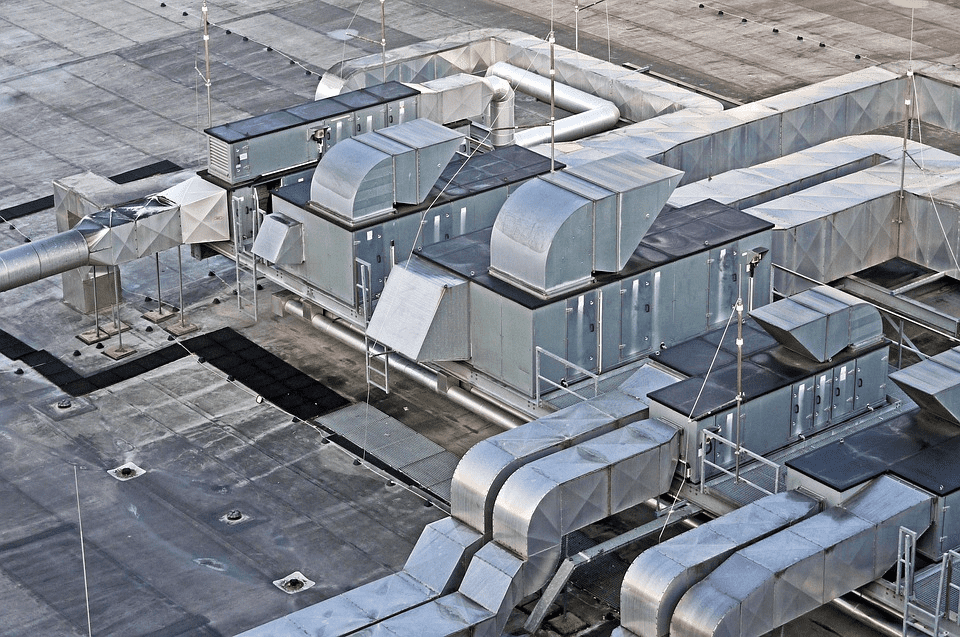Ultimate Guide to California's Building Code for HVACs
When it comes to any new building or renovation project, it's vital to ensure your project meets all building code requirements. Understanding every...
Floor, wall and ceiling mounted to meet your unique project design.
Every 3 years, the California Energy Commission (CEC) makes changes to their Building Energy Efficiency Standards, otherwise known as the Energy Code. The 2022 Energy Code was recently approved in December 2021. All building permit applications submitted on January 1, 2023 or later must follow these guidelines. In this article, we will discuss the changes made to California Building Energy Efficiency Standards and how they apply to you.
California’s Building Energy Efficiency Standards are an integral part of the state’s climate action plan. The new Energy Code supports the state’s health and climate objectives, moving toward its goal of carbon neutrality. So, how has the Energy Code changed from previous years?
The 2022 Energy Code applies to newly constructed residential and commercial buildings. It focuses on 4 primary areas:
Over the next 30 years, experts say these updates will reduce greenhouse gas emissions by 10 million metric tons. They are also projected to provide $1.5 billion in consumer benefits.
Air-to-water heat pumps (AWHPs) are the electric counterpart to gas heaters. They use less energy than traditional HVAC systems and water heaters. They also emit fewer toxins into the environment, reducing greenhouse gasses. The CEC encourages the use of AWHPs in the 2022 Energy Code. Energy budgets are based on heat pump efficiency, so builders have an incentive to install heat pumps instead of gas-fueled HVAC units.
According to the 2022 Energy Code, new single-family homes must have electric heat pumps for water and air. Electric heat pumps for space heating are required in all new multi-family residences. Heat pump standards also apply to commercial settings, such as schools, banks, grocery stores, offices, retail, and more.
The 2022 Energy Code also establishes electric-ready requirements for all new homes and other buildings where natural gas is installed. Doing so prepares property owners for the transition from natural gas to electricity.
Electric-ready homes must include the following elements:
These regulations are a significant change from early Energy Codes, including the 2016 Building Energy Efficiency Standards and the 2013 Building Energy Efficiency Standards. For the first time, single-family homes must meet electric-ready requirements. These requirements help California make progress toward carbon neutrality and clean electricity.
The 2019 Building Energy Efficiency Standards required solar panels on all new homes. The 2022 Energy Code update expands on this with the move to onsite energy storage. This expansion will increase renewable energy generated by solar power.
The extended solar and battery storage standards apply to the following buildings:
There are some exceptions for smaller homes with limited roof areas, but most single-family homes are required to have solar panels. They must also be equipped for battery energy storage. As a result, almost all new buildings will either have solar panels or be solar-ready. These regulations will help Californians save on energy bills and reduce their reliance on fossil fuels.
As COVID-19 has taught us, improved ventilation can reduce disease transmission. It can also lessen the effects of illness caused by poor air quality. The 2022 Energy Code increases the minimum requirements for kitchen ventilation. With this improvement, cooktop fans can have better airflow. As a result, the fans can remove the pollution caused by gas cooking, improving indoor air quality.
The updated Energy Code also addresses outdoor air filtration. Changes in requirements for multi-family residences include energy and heat recovery ventilators. In these systems, exhaust air is used to heat fresh outdoor air, increasing efficiency.
The 2022 Building Energy Efficiency Standards apply to all commercial and residential properties. All property owners and stakeholders are affected by these changes. In California, each jurisdiction is responsible for enforcing compliance with these guidelines. For further guidance, it’s a good idea to check with your property’s local government body. Doing so can help you stay on the right side of all updates, including the 2022 Energy Code.
Are you in need of an energy-efficient HVAC solution? AirFixture can help. Our industry-leading HVAC systems provide significant energy cost savings with a reduced carbon footprint. AirFixture systems are calibrated and optimized to deliver the exact amount of air needed to all areas of your building, ensuring maximum comfort without inefficiencies.
Talk to us today to find out how we can improve your system’s efficiency and reduce your carbon footprint.

When it comes to any new building or renovation project, it's vital to ensure your project meets all building code requirements. Understanding every...
Photo: PixabayThe California mechanical code is one of the key Building Standards recognized by the California Building Standards Commission 2016. It...

For buildings with large interior spaces, such as event facilities, arenas, auditoriums, and other high-volume enclosures which typically house a...